Alternative fuels like methanol, ammonia and hydrogen are being explored to help reduce carbon emissions from the shipping industry, but is it enough? At the United Nations Climate Change Conference, often called, COP26 this past year, nuclear power was brought up as a promising solution when it comes to fuel cost and performance. With countries like the U.S., China, and South Korea developing molten salt reactors, as well as small modular reactors for ships, submarines, and offshore power plants, could nuclear energy be the answer? Let’s explore nuclear power for shipping and when, or if, it can be the future of shipping.
Renewable solutions for energy storage, electric vehicles, and sustainable homes are centerpieces to drive our world towards net-zero. However, achieving a carbon-free future will also require the decarbonization of industries that may not have as much of a significant share in carbon emissions, like shipping.
Today, shipping accounts for 2.5% of global CO2 emissions, and although this figure looks kind of low, it corresponds to 940 million tons every year. So, in order to pull that down, several alternatives have been proposed, like biofuels, hydrogen, ammonia, and even wind propulsion that I explored in a previous video. 1
Last year at COP26, world leaders met in Glasgow, UK, to discuss measures to solve the climate crisis. U.S. Climate Envoy, John Kerry, mentioned that nuclear propulsion could be a great alternative to decarbonize shipping and achieve net-zero by 2050.
Even though nuclear power has a stigma around it, due to past disasters and challenges with managing nuclear waste disposal, innovations like small modular reactors (SMR) and molten salt reactors have been changing the way we see nuclear power when it comes to cost, safety, and sustainability. Nuclear could be the power source to produce green hydrogen and ammonia or even be the main fuel for propulsion in shipping, and some companies around the globe are planning to do just that. 2 But before we dive into the recent news around these technologies, it’s good to put them into context.
Like several other technologies, nuclear power for marine propulsion really spawned from war. Increasing conflicts between the US and the Soviet Union, inspired the US to build stronger military assets. In July of 1951, Congress approved the development of a nuclear propulsion plan, in which Captain Hyman G. Rickover headed the Naval Reactors Branch of the Atomic Energy Commission to develop a nuclear submarine. Four years later, a nuclear propulsion reactor was used in the USS Nautilus submarine, which was able to sail ten times longer than any other previous submarine and two times faster than most submarines during World War II.

By 1962 the US Navy had 30 of these submarines under construction and 26 already operational. Nuclear propulsion was also developed in England, France, Russia, and China. 3 4 Germany also employed nuclear power for shipping, developing the Otto Han, a nuclear-powered cargo vessel that was launched in 1964. It was deactivated in 1979 in favor of diesel engines. 5
One of the main reasons for that shift to diesel was because of issues around liability and nuclear waste storage. Fossil fuels proved to be cheaper and less hassle for commercial operations. However, with the increasing need for cleaner technologies, nuclear propulsion is back on the radar for companies and governments.
Just like any conventional nuclear power plant, powering ships and submarines with nuclear energy depends on nuclear fission. Just as a quick refresher, nuclear fission is a process where a material is bombarded with neutrons, which split atoms and release energy. When the atoms split, additional neutrons are generated, hitting other atoms, feeding a chain reaction. The energy is then used to heat water, turning it to steam, and the steam is used to turn turbines to generate electricity.
The most common type of nuclear reactor for marine applications is a pressurized water reactor. In these systems, the heat produced from the chain reaction is used by the primary water circuit, which feeds a steam generator at temperatures around 250 ~ 300ºC (482 ~ 572 °F). The steam is used to drive a turbine’s generator, which powers the propeller to make the ship move forward. After that, the steam is cooled, condensed, and transferred back to the steam generator via pumps. Any energy surplus not used in propulsion is stored in batteries to provide power for all the electric needs on board, as well as for emergencies. 6 [^marineinsight]
There are several benefits to using nuclear power for marine propulsion.
First, the power density of the nuclear reactors is much higher than that of diesel engines, so you can travel for a longer period of time, even at higher speeds. Power density is the amount of power generated divided by the weight of the power system; higher power density means a more compact power plant can drive a ship farther. For example, the US Navy nuclear-powered Nimitz-class aircraft carrier can run for 20 years without refueling, and military submarines can run for months submerged without refueling. In comparison, submarines that are powered with diesel use batteries and only run underwater for a few days at low speeds, or as little as just for a few hours at top speed.
In addition, the higher power-to-weight ratio allows nuclear ships to sail longer ranges while carrying a heavier load. For example, compared to its diesel sibling, a nuclear-powered aircraft carrier is able to take twice the volume of aircraft fuel, 30 percent more weapons, and 300,000 cubic feet of additional space due to the high power density within a compact design — no space is taken up by fuel storage, air intakes and exhaust trunks.
Although nuclear power has a stigma around it from disasters like Chernobyl and Fukushima, nuclear power is still considered a very safe power source. Over the greater part of a century, the US Navy has run more than 6,200 reactor years and sailed more than 240 million miles without radioactive leakage or accidents. 3 7 8 9
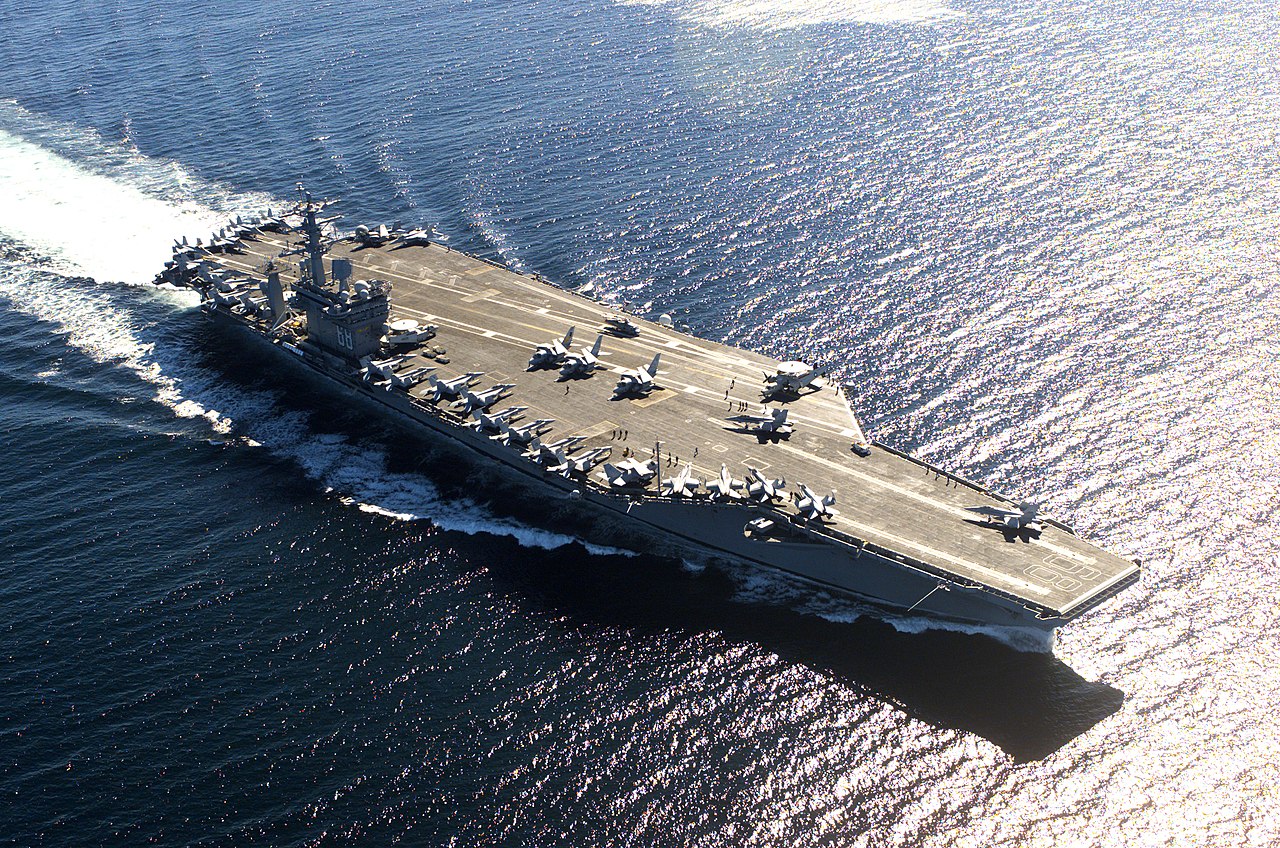
Similar to nuclear power plants, reactors used for marine propulsion also produce clean, renewable energy, but they have several differences from land-based nuclear reactors. First, they’re much smaller because in shipping, the limitations in volume and weight are higher — while a nuclear reactor of a conventional power plant can produce thousands of megawatts, reactors for marine propulsion have power ratings around a few hundred megawatts. Due to the smaller volume, nuclear reactors for shipping need to produce more power per cubic foot, increasing stress in mechanical components.
Currently, the fuel in land-based reactors is less concentrated than in marine nuclear reactors. A highly enriched fuel results in a smaller core, silent operation, and long-life service, but it’s also more expensive and raises issues around nuclear proliferation. In the event of an accident, large areas of water could be contaminated with nuclear fuels, damaging both human and marine life.
Like in land-based power plants, the main risk of nuclear-powered ships lies in the condensation process. Similar to what happened in the Fukushima disaster, if the electrical power grid goes out, the high-temperature steam doesn’t go back to the liquid state, overheating and increasing the system’s pressure, leading to an explosion. These power plants need to have several backup systems in order to keep the condensation system operational. . 4 6 10 Reactors for marine propulsion need to be extremely trustworthy and require little maintenance that must be performed at port. Add to this the challenges of corrosion due to the salty sea water, the need for limited vibration, and other considerations.
When it comes to economics, the upfront costs for building and fueling a nuclear powered ship are higher when compared to building a diesel-powered ship. However, after making the initial investment in nuclear, you don’t have to worry about fuel costs … for years. With the long times between refueling, nuclear ships are less prone to market volatility than diesel ships. If diesel costs rise in the future, the nuclear fuel savings could compensate for the higher upfront costs — in addition to releasing far less CO2 into the atmosphere.
A study made by the Congressional Budget Office (CBO) analyzed the cost-effectiveness of nuclear propulsion for the US navy. It considered an increased rate for oil prices per year of 1% above the rate of general inflation through 2040. The result was a total life-cycle cost for a nuclear fleet 19% higher than a diesel fleet if oil prices continued to rise. Another analysis suggested that a fleet of nuclear-powered destroyers would become cost-effective if oil prices rate of growth went over 3.4%. Developing a nuclear fleet would save 5 million barrels of oil annually, and as a consequence, avoid tons of carbon being released into the atmosphere. 11
So how does this approach look for commercial use?
In commercial shipping, nuclear’s high power density could allow for bulk carriers, which carry minerals, grains, and coal, as well as container ships carrying more cargo at higher speeds and traveling longer distances. Although nuclear powered ships have mostly been used for military application, they have been used for commercial cargo ships. 12
Russia, for example, dispatched the 61,000 dwt nuclear-powered cargo ship Sevmorput to Vladivostokto to help carry metal structures and equipment to Bangladesh. The Sevmorput started operating in 1988, but was retrofitted in 2015. A single KLT-40 nuclear reactor with a thermal output of 135 MWth is used to propel the ship, and it can transport 20 and 40-foot containers with a total capacity of 1,328 TEUs when operated as a boxship.
The ship’s captain said:
“…The transport potential of our vessel is unique. We are . . . capable of taking on board oversized and heavy cargo, which allows us to reduce the number of vessels involved in sea transportation…” – Sergei Bralgin 13

The UK-based CORE POWER has been developing engine room layouts and propulsion systems utilizing a marine molten salt reactor (m-MSR). This technology is basically a replication of the Molten Chloride Fast Reactor (MCFR) that’s been developed by a collaboration between TerraPower, CORE POWER and a few other companies.

The m-MSR is more efficient and compact than conventional rector designs. In this reactor type, more than 95% of the energy in the fuel is harnessed, while in traditional reactors it’s around 1%. Over the course of 25 years a Capesize bulk carrier would consume less than 200 kg of fuel, running 2.7 million nautical miles without refueling, without polluting, and producing very little waste. 14 15
From the economic viability perspective, the m-MSR has some benefits versus diesel engines. In an interview for North, Mikal Bøe, CEO of Core Power, said:
“Diesel engines are cheap but maintenance and fuel over the lifetime of the ship is expensive. On VLSFO, the total propulsion costs, including CAPEX and OPEX, of a very large container ship can be more than $1.4 billion over a 30-year period sailing at full service-speed. The marine MSRs are fuelled for life so the initial cost is higher, but OPEX over the lifetime of the ship is very low. A 20,000 TEU container ship would be as much as 50% cheaper to run on full service-speed with a marine MSR.” “When carbon taxes for fossil fuels are introduced, either through carbon trading systems or a global levy, the economic case for MSR technology becomes even greater.” 15
Regarding safety, MSR uses liquid fuel, which rules out the possibility of a meltdown. Also, water isn’t used in the process, so MSR wouldn’t form hydrogen, which reduces the risk of an explosion. They also work at lower pressures than other nuclear reactors, further reducing the risk of an explosion. While the waste from traditional nuclear reactors needs to be stored safely for up to 10,000 years, the spent nuclear waste for an MSR would need to be stored for “only” 300 years. 15 16
South Korea is also investing in small modular reactors, which could be used for submarines. The project named “Advanced Reactor for Multiple Applications” has been developed by Korea Atomic Energy Research Institute (KAERI), and the 70MW output SMRs could be powering South Korea’s next-generation 4,000-ton submarines. The project is planned to be finished by 2027. 17
KAERI also partnered with Samsung Heavy Industries, aiming to build vessels powered by molten salt reactors. The agreement includes the design of a small modular reactor-based offshore nuclear product, its technology, performance verification, as well as the economic assessment and business model development. Unfortunately, there’s no information about when this project will be completed. 18
While it’s not directly related to nuclear powered shipping, we did come across another use of SMRs for marine use that’s worth bringing up. There’s also plans floating around for off-shore nuclear power plants … literally floating nuclear reactors. Prodigy Clean Energy from Canada has teamed up with NuScale, a leader in SMR technology, and Kinectrics in order to develop a marine power station. In the proposed project, twelve 77 MW-SMRs produced by NuScale would be installed in the power station, moored off-shore, and then connected to the existing shore-side transmission system. The SMRs would be used to produce electricity, generate heat and clean fuels, such as hydrogen and ammonia, as well as desalinate or treat water. Regarding timelines, we still don’t have one for this project, but NuScale’s first commercial SMR power plant is planned to start operating in 2029 in the U.S. 19
To sum up, there are several challenges that must be overcome before cost-effective and safe nuclear reactors will be used to power commercial ships. The hurdles left to overcome encompass safety and technological issues, as well as regulatory and political issues.20 21 Although there are a few projects ongoing to decarbonize the shipping industry with nuclear power, and there are several benefits in doing it, it’s still not clear about when, or even if, we’ll be seeing commercial ships being powered by MSRs or SMRs. Political will and costs versus the benefits will drive the future of nuclear powered commercial ships.
- Shipping industry reduces carbon emissions with space technology↩
- Nuclear-powered ships make waves in Glasgow↩
- Nuclear-Powered Ships↩↩
- Nuclear Marine Propulsion: The History of Nuclear Technology↩↩
- Otto Hahn_ (ship)↩
- Nuclear marine propulsion↩↩
- Nuclear Ship Propulsion: Is it the Future of the Shipping Industry?↩
- The Advantages of Expanding the Nuclear Navy Understanding Nuclear Marine Propulsion↩
- Nimitz-class aircraft carrier↩
- Naval Nuclear Propulsion: Assessing Benefits and Risks↩
- The Cost-Effectiveness of Nuclear Power for Navy Surface Ships↩
- Types of ships: know when to hire each one↩
- Why Nuclear Propulsion Has a Head Start in Shipping Decarbonization↩
- South Korea has long wanted nuclear submarines. A new reactor could open a door.↩
- Economics of our energy transition.↩
- New rules are needed for a new era of zero emission energy.↩
- Russia’s Nuclear-Powered Cargo Ship Makes Late-Season Arctic Voyage↩
- m-MSR Technology↩
- Shipping to go nuclear on climate change↩↩↩
- KAERI and Samsung Heavy to develop nuclear powered ships↩
- NuScale teams up with Prodigy and Kinectrics for MPS deployment↩




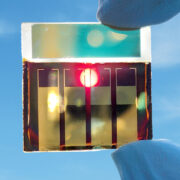
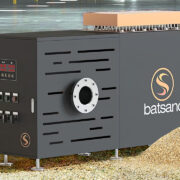

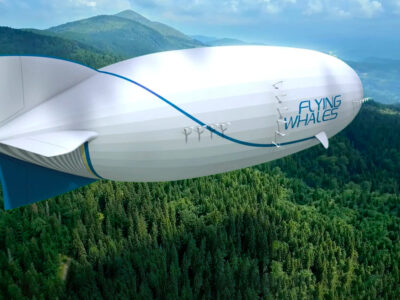
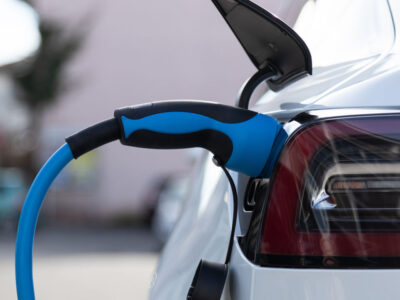






Comments